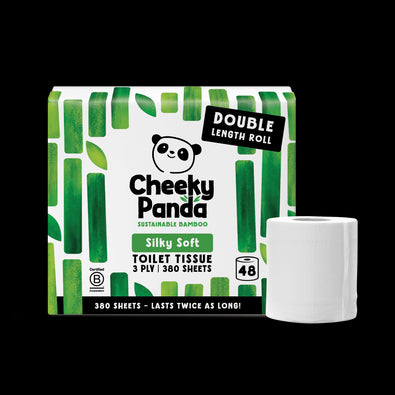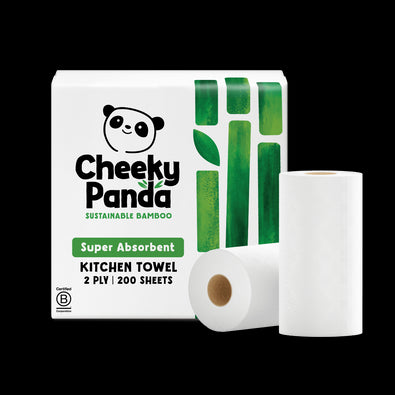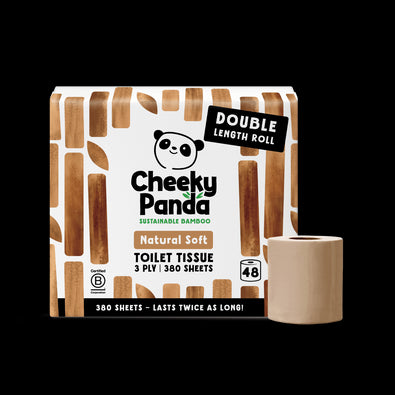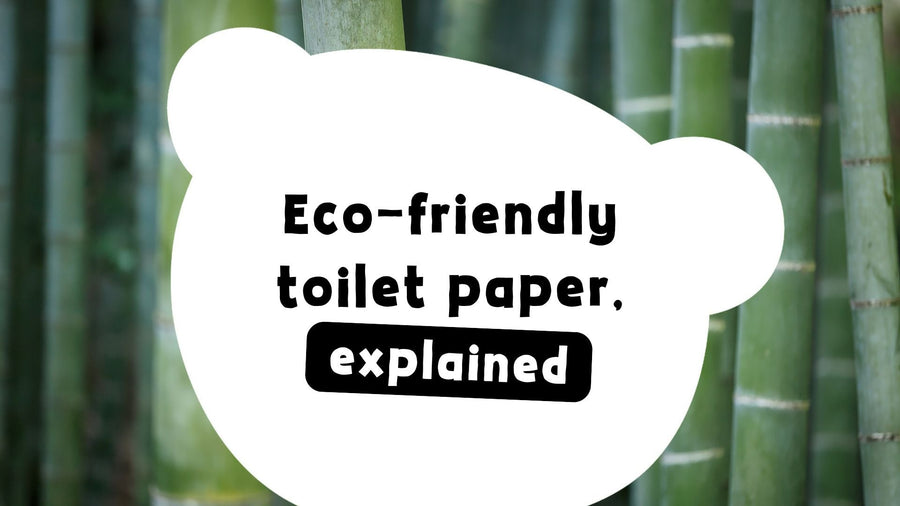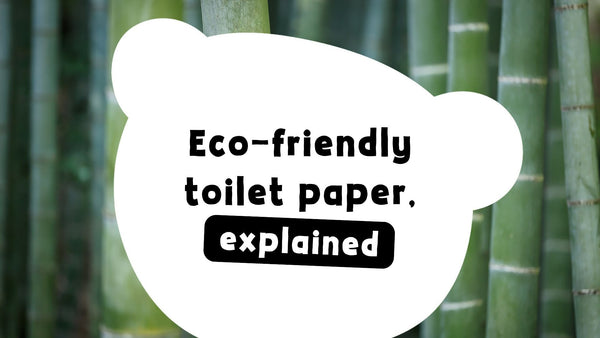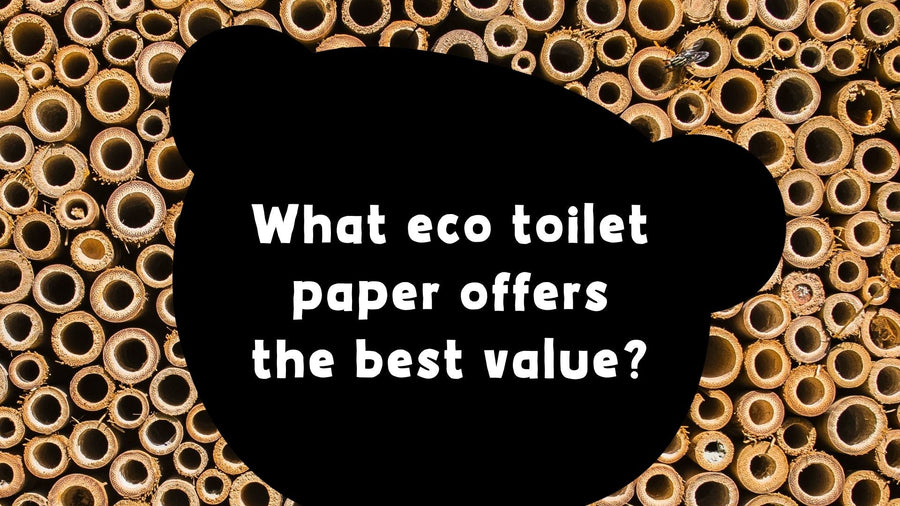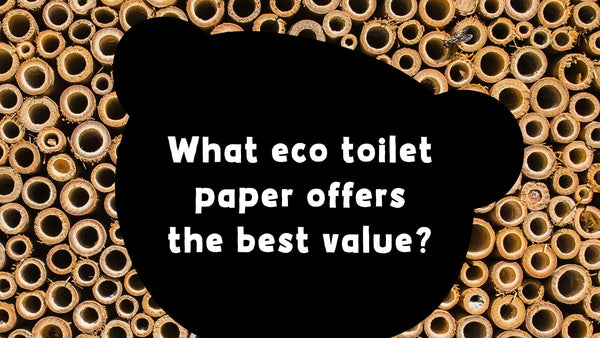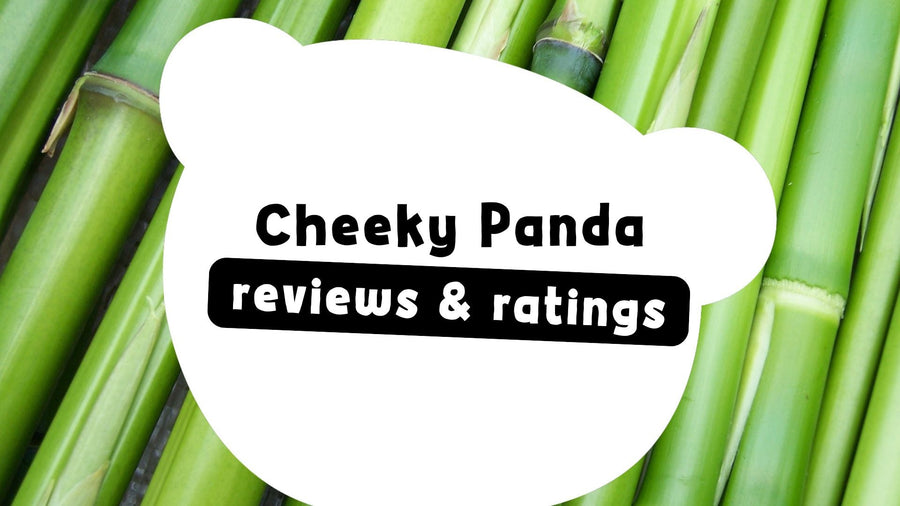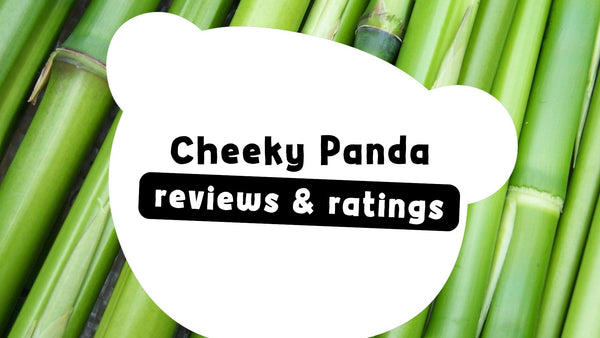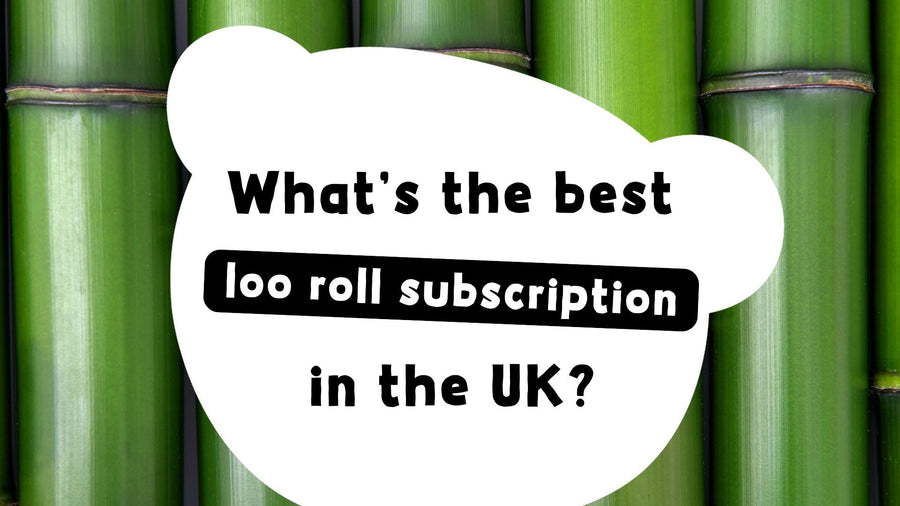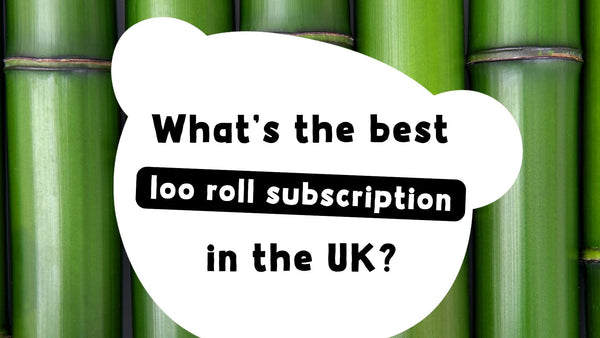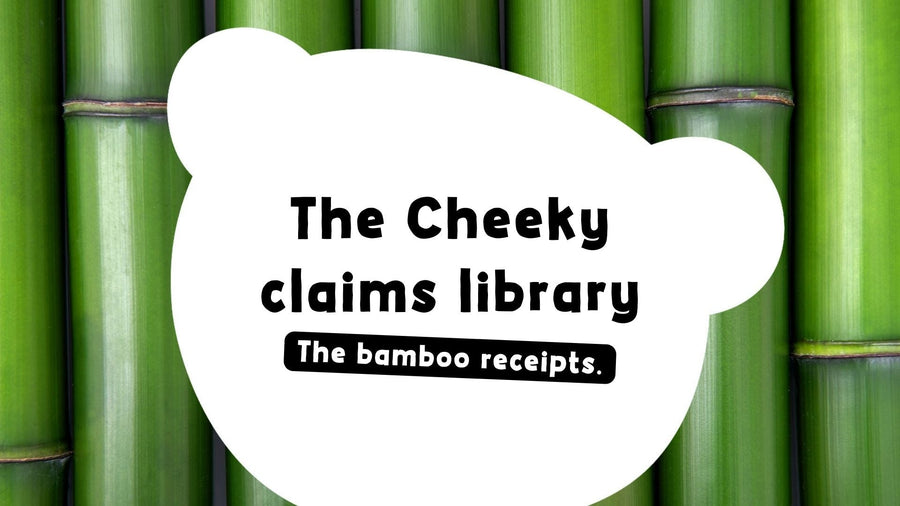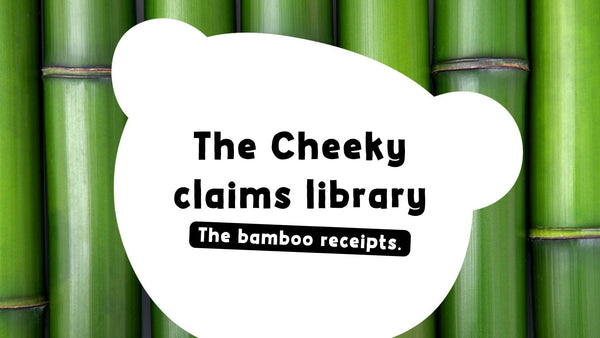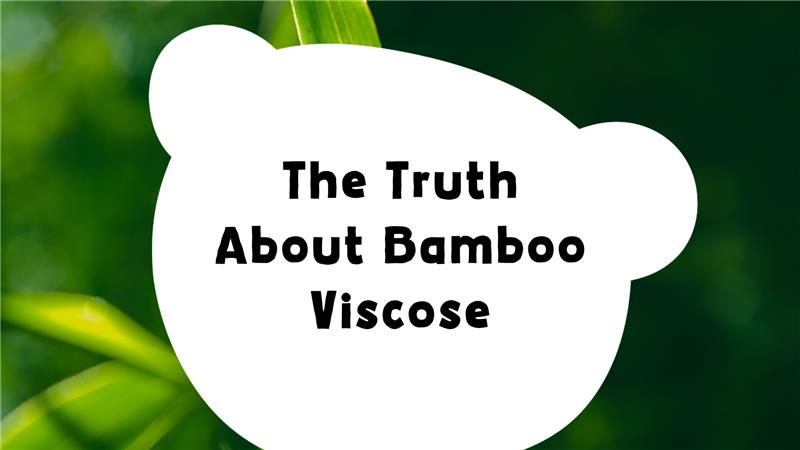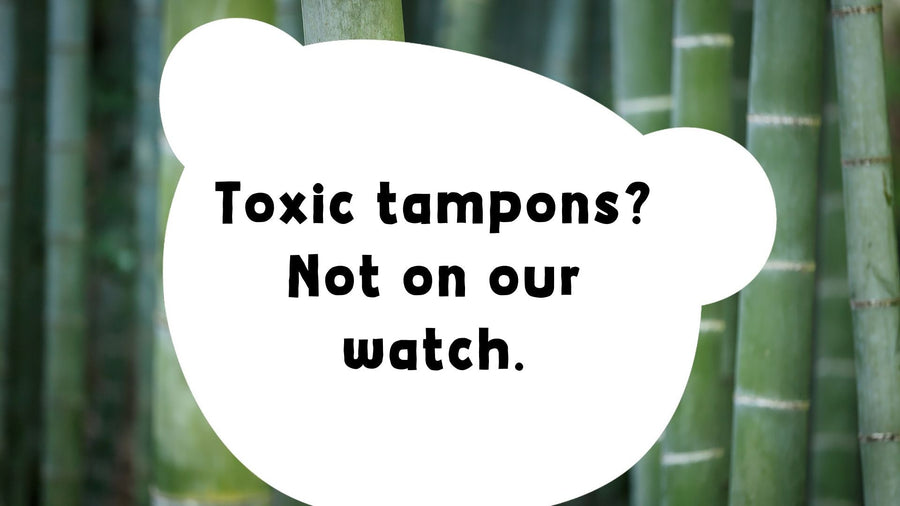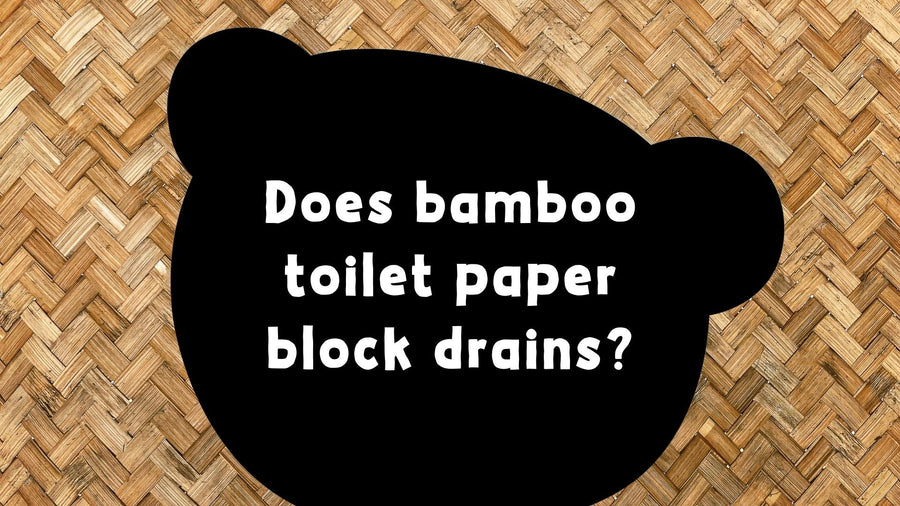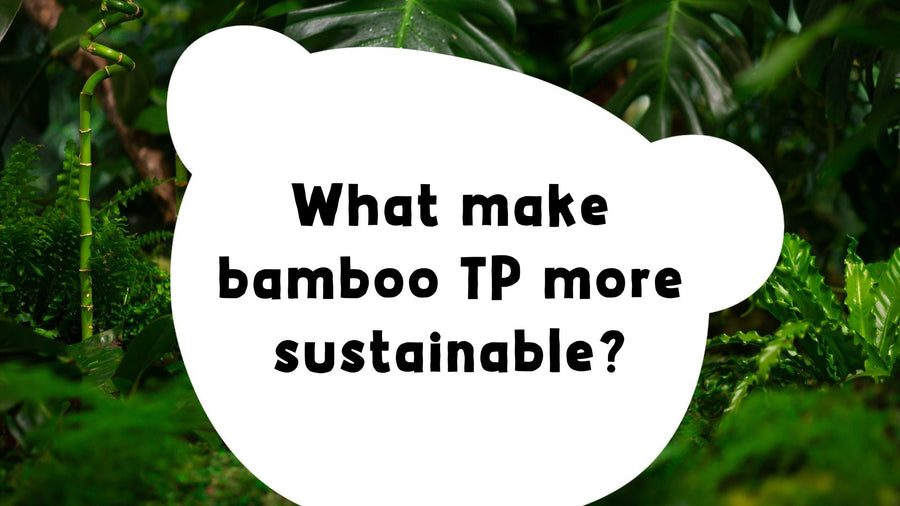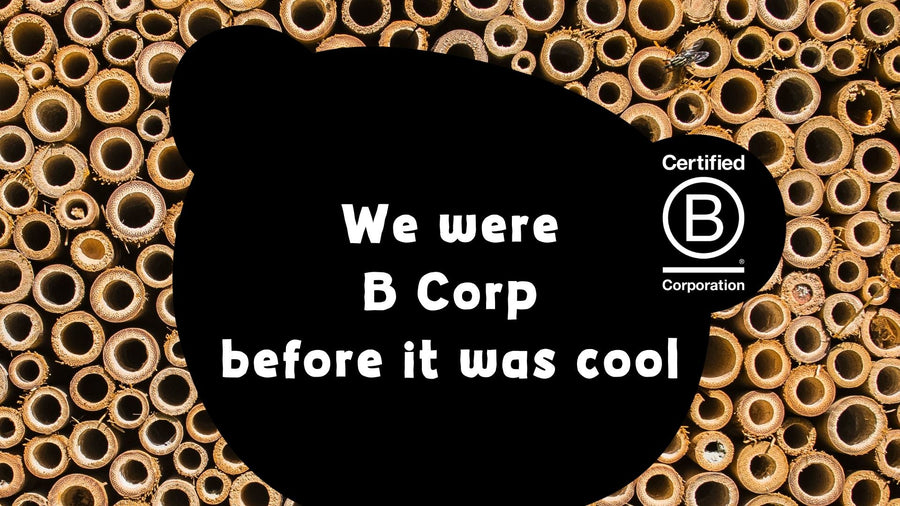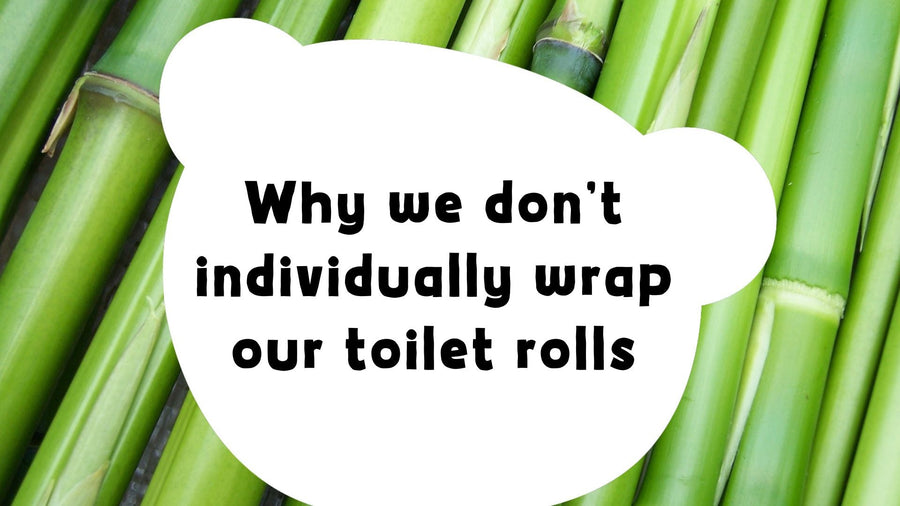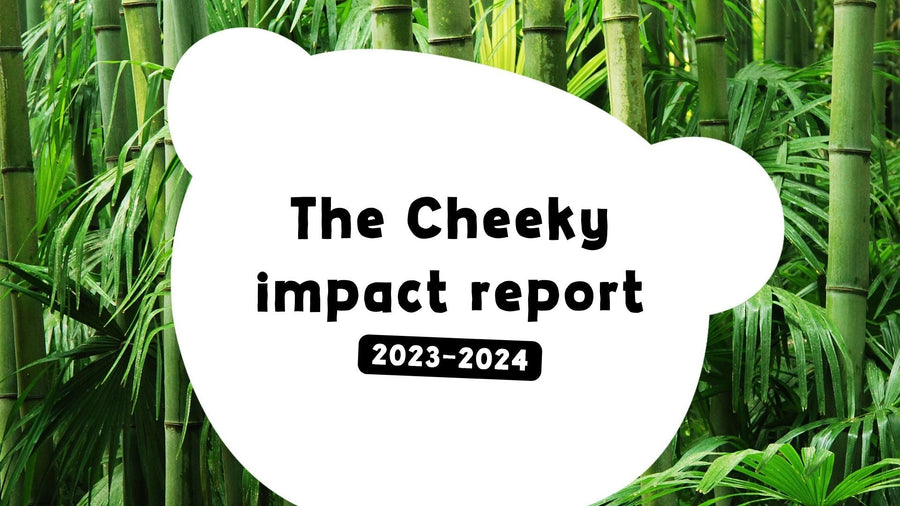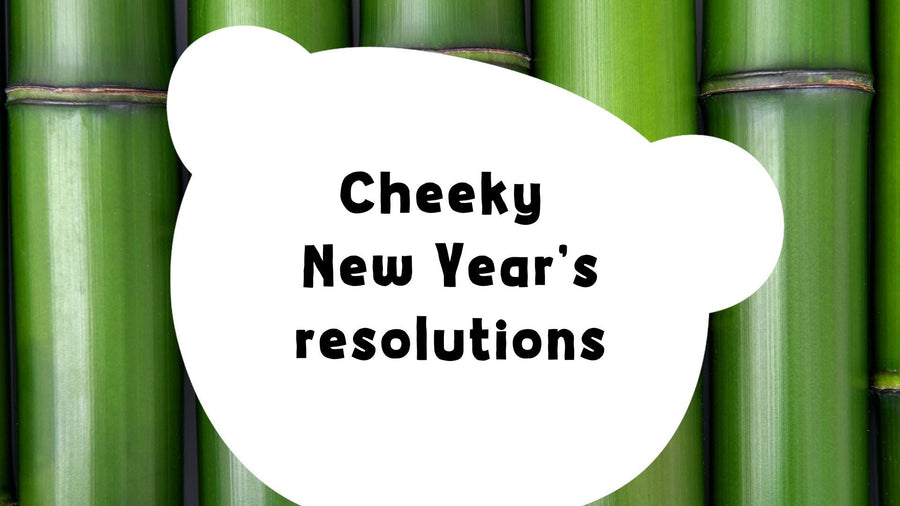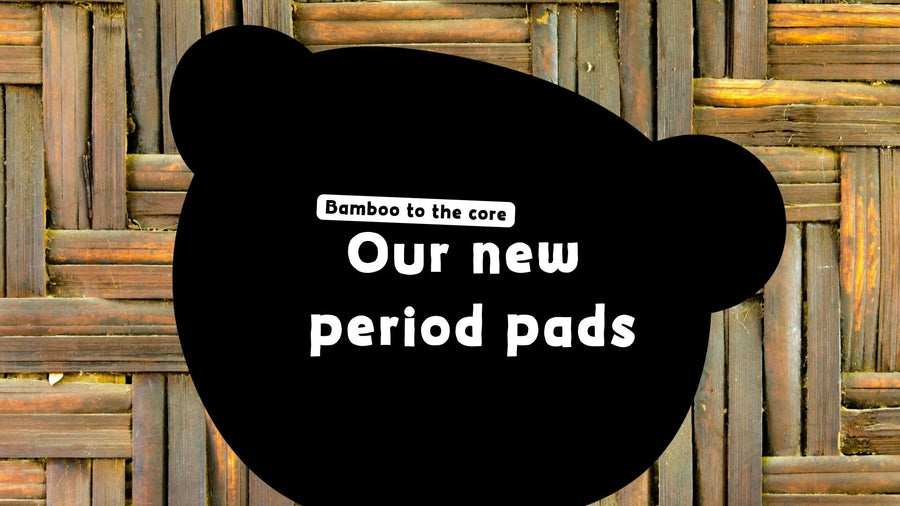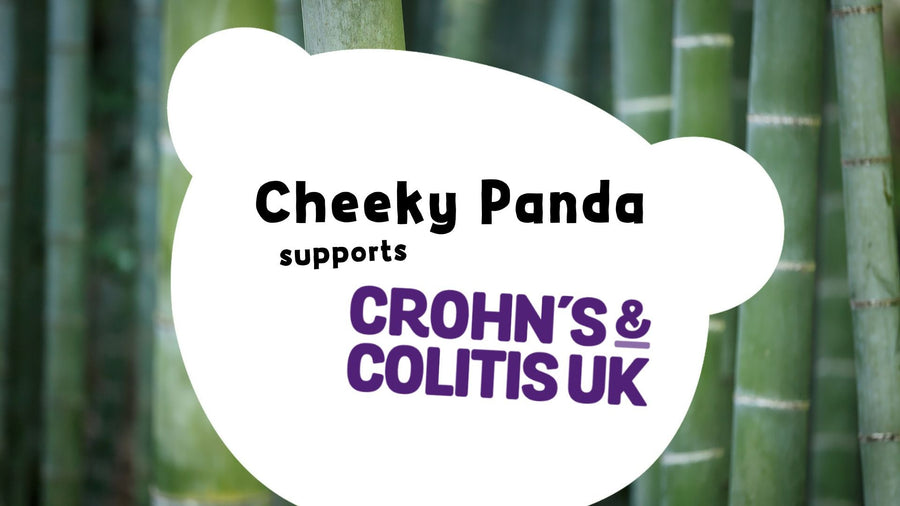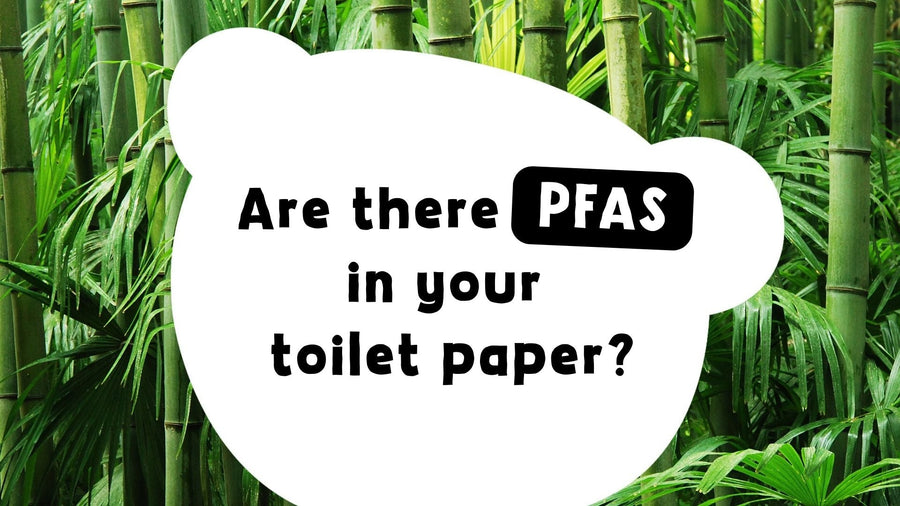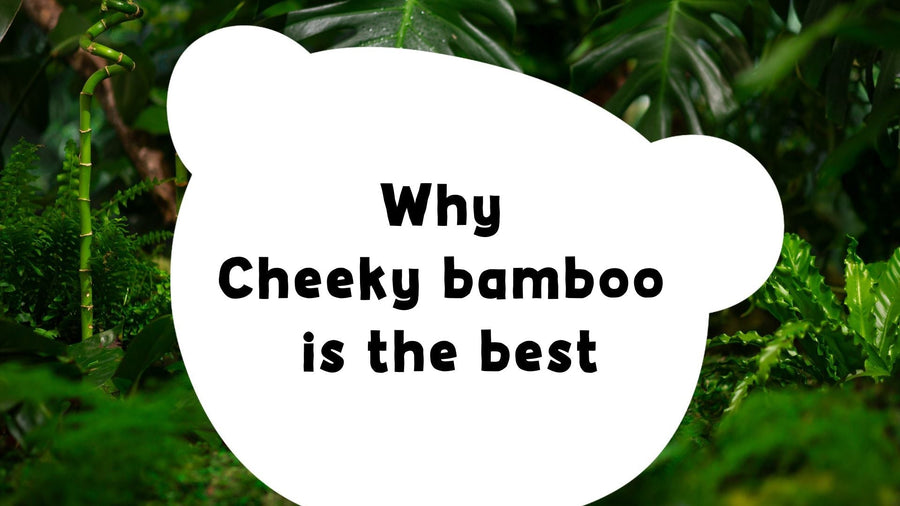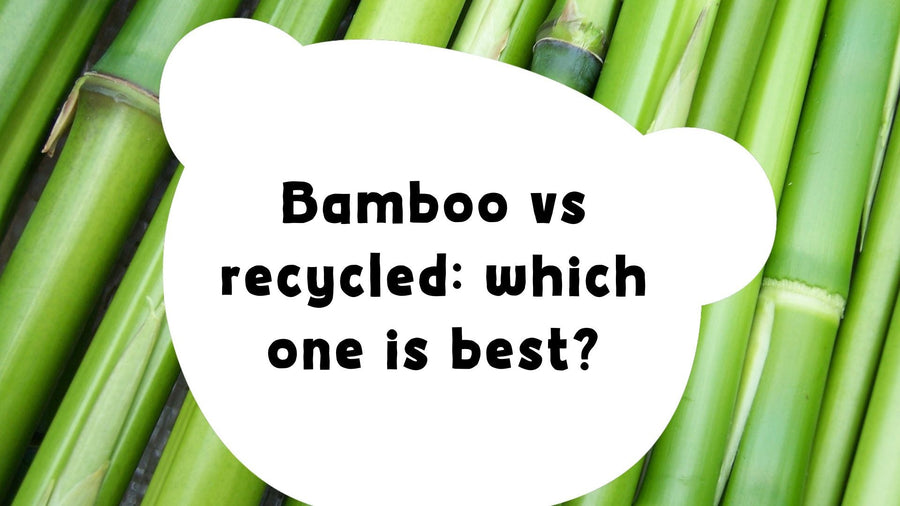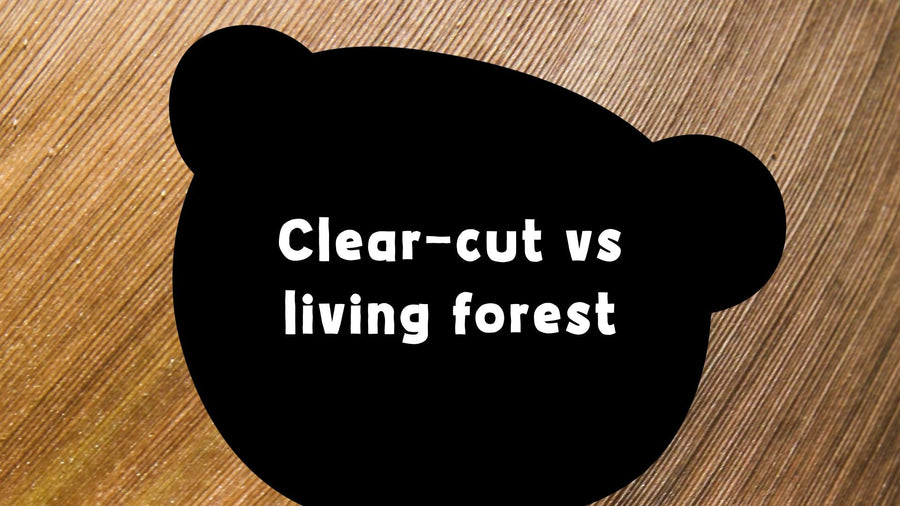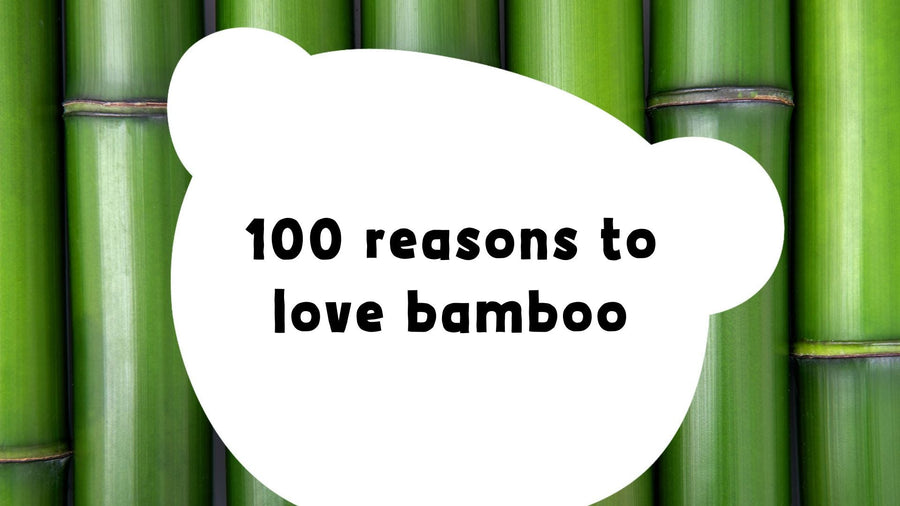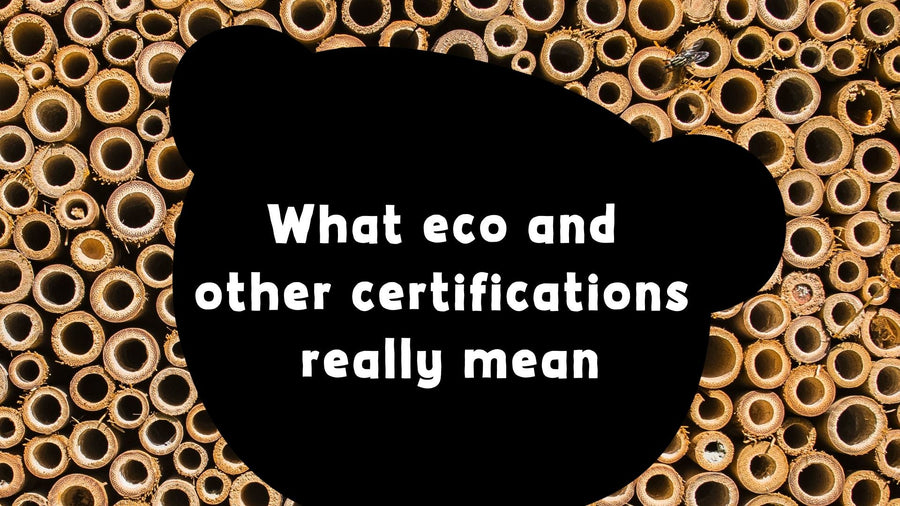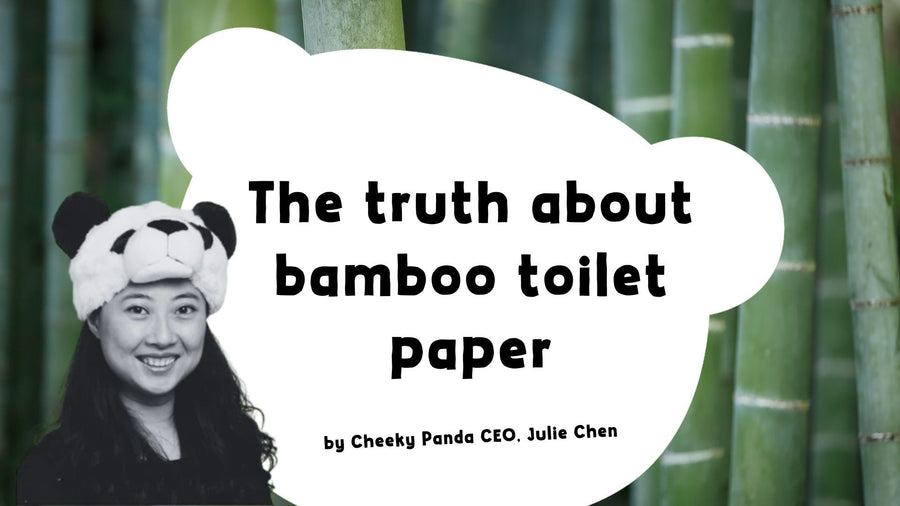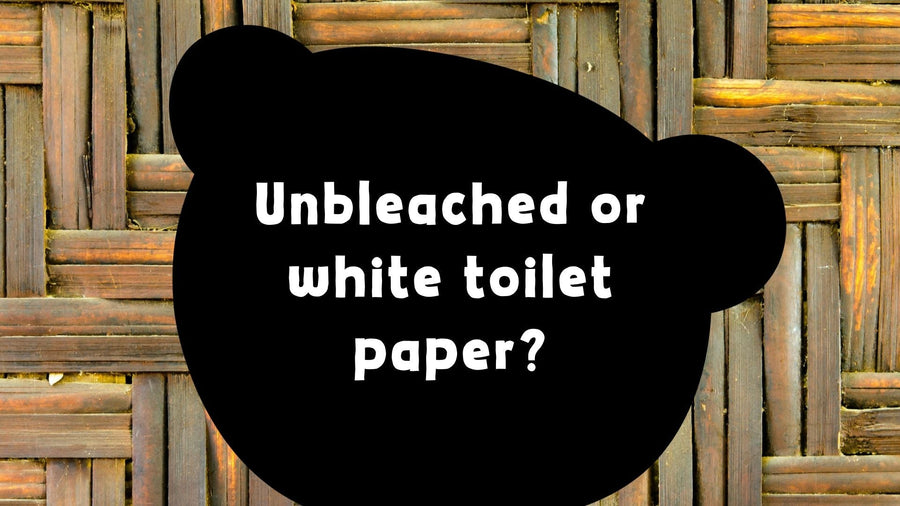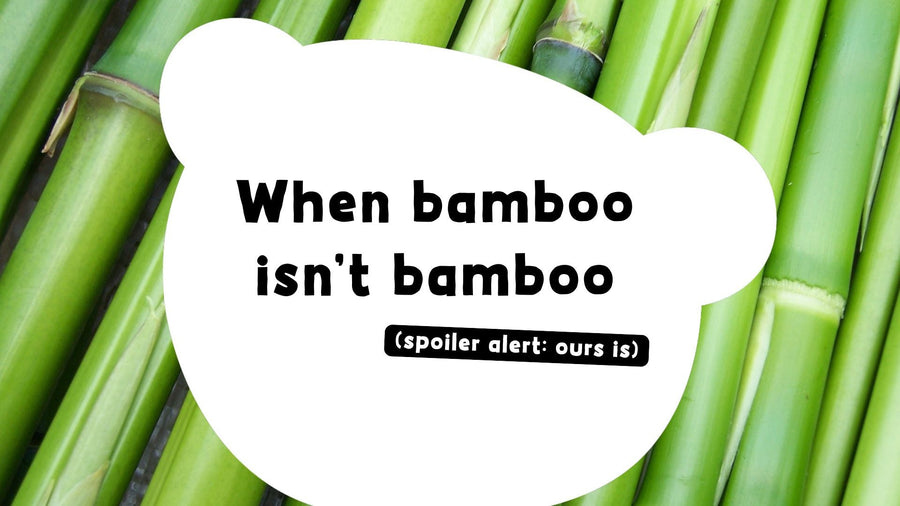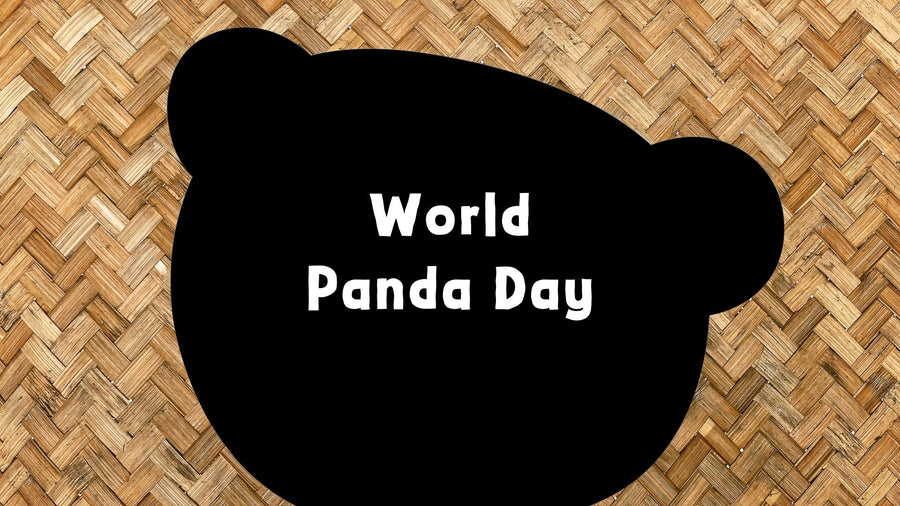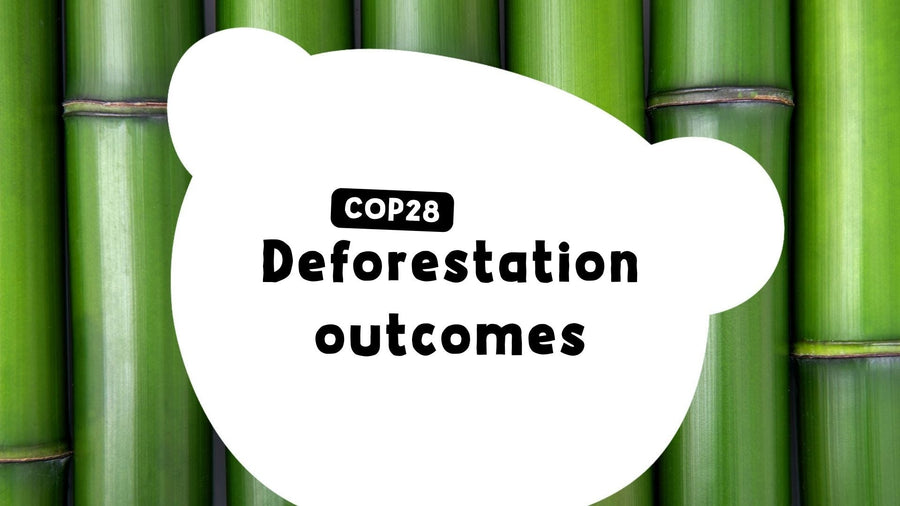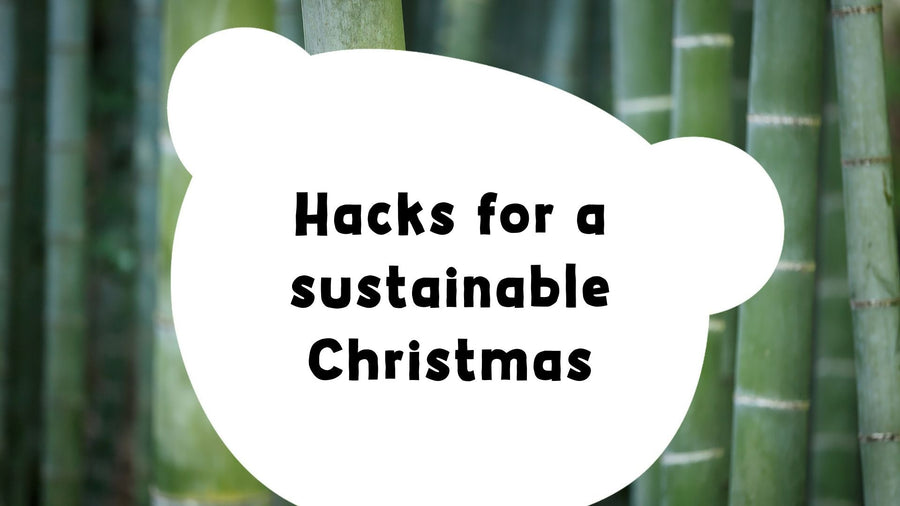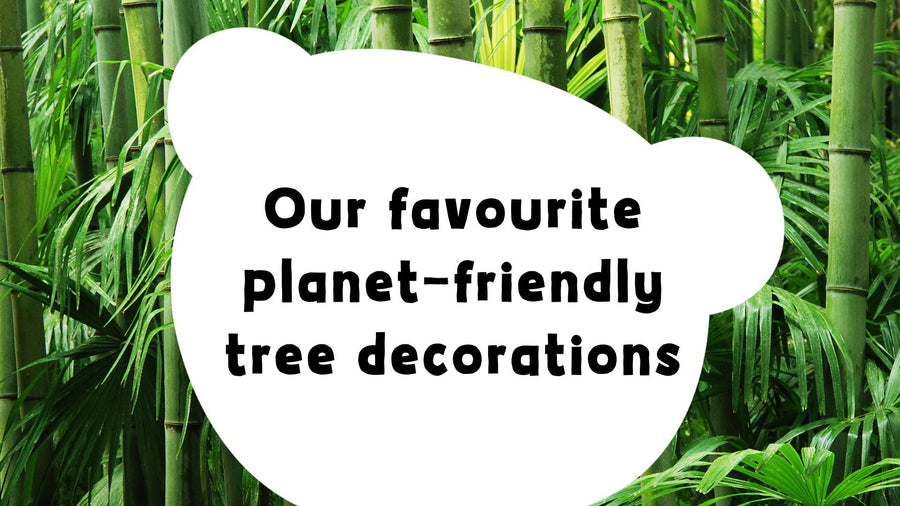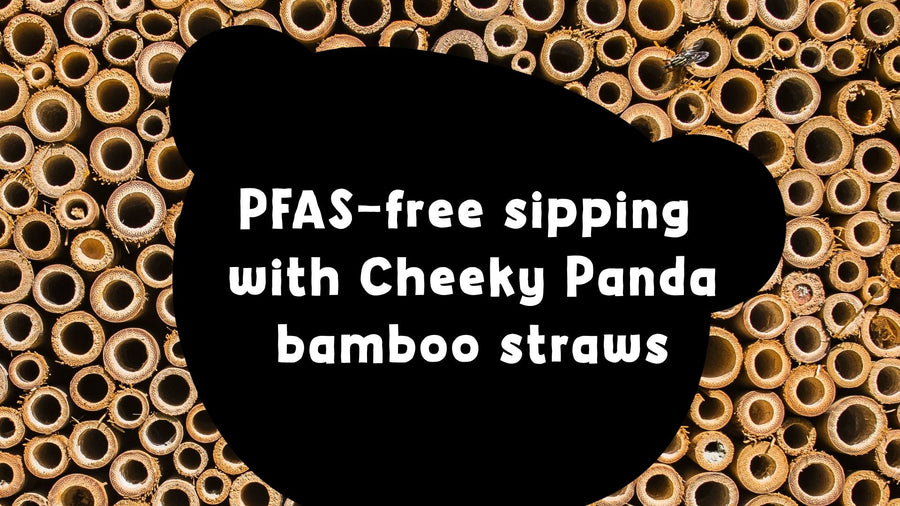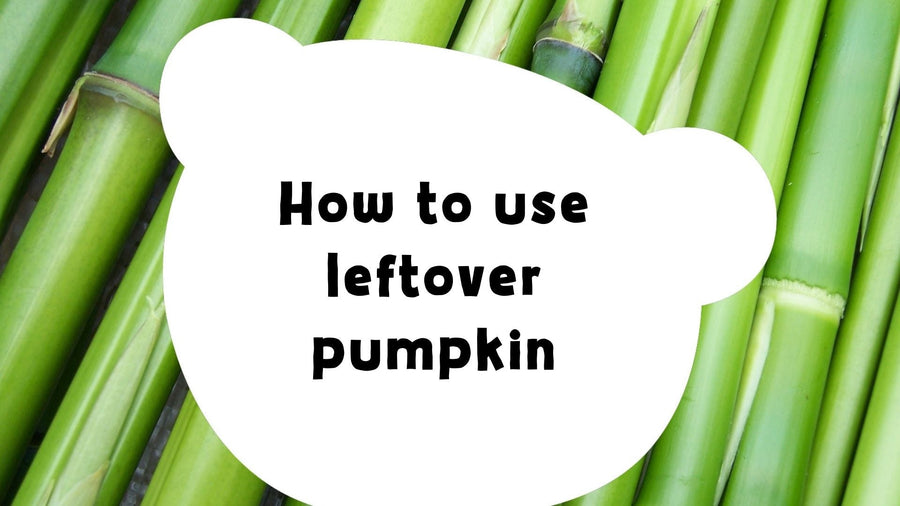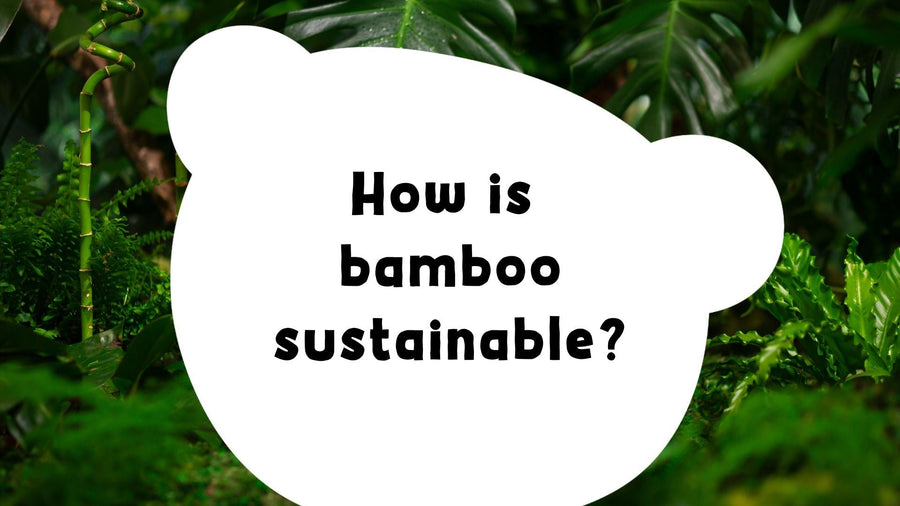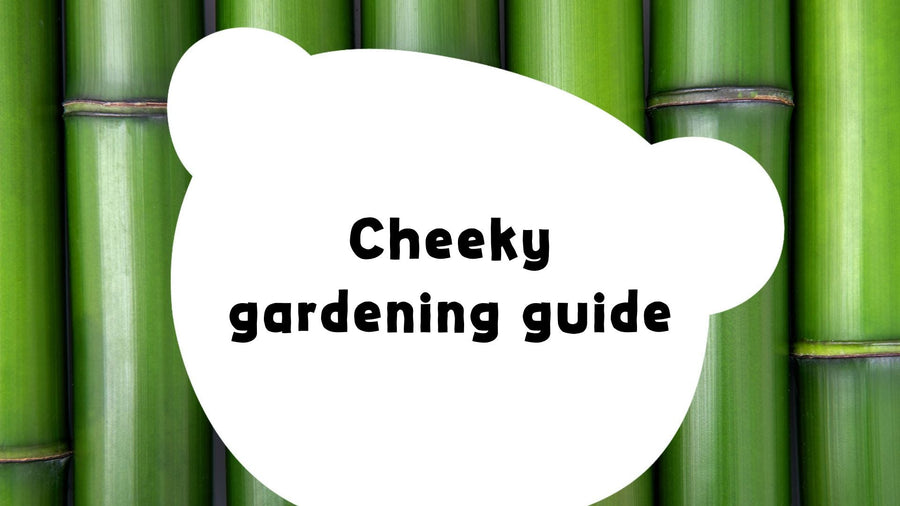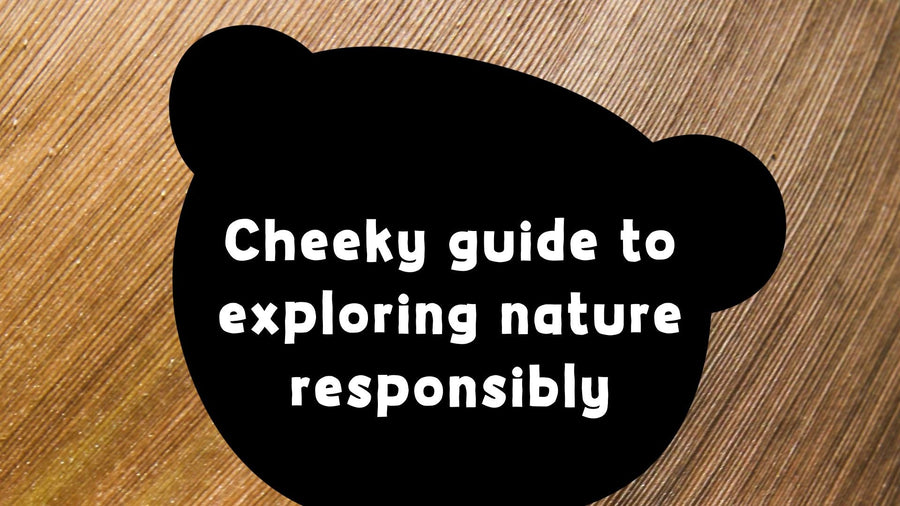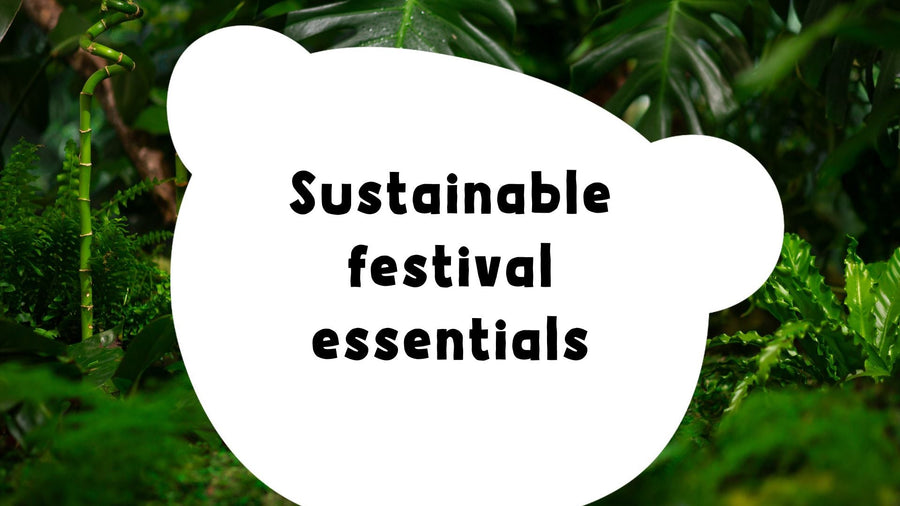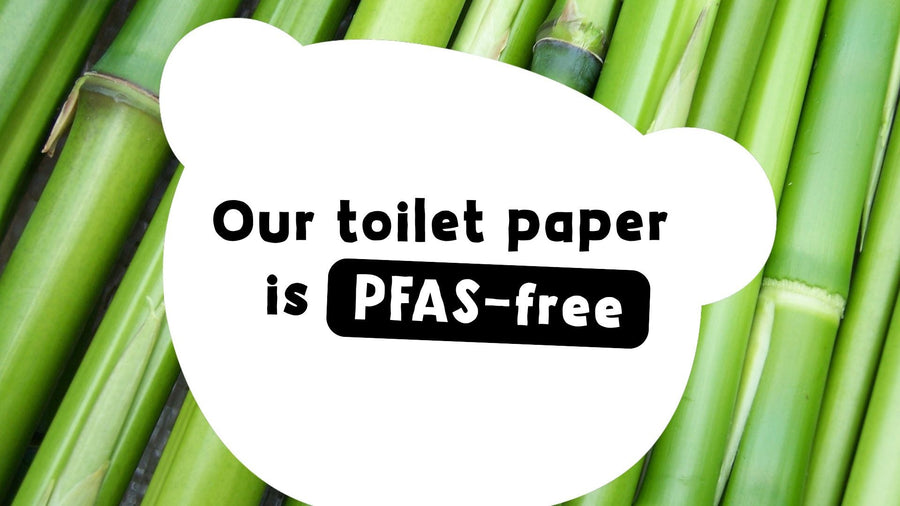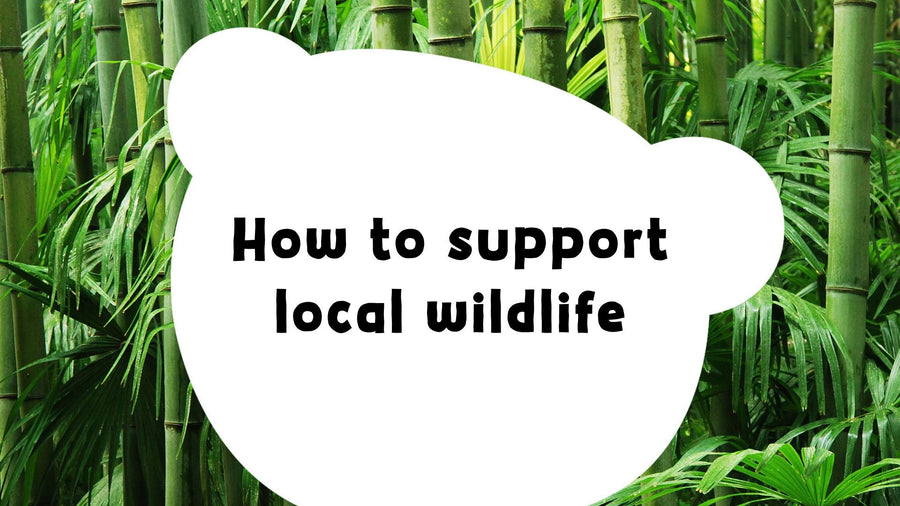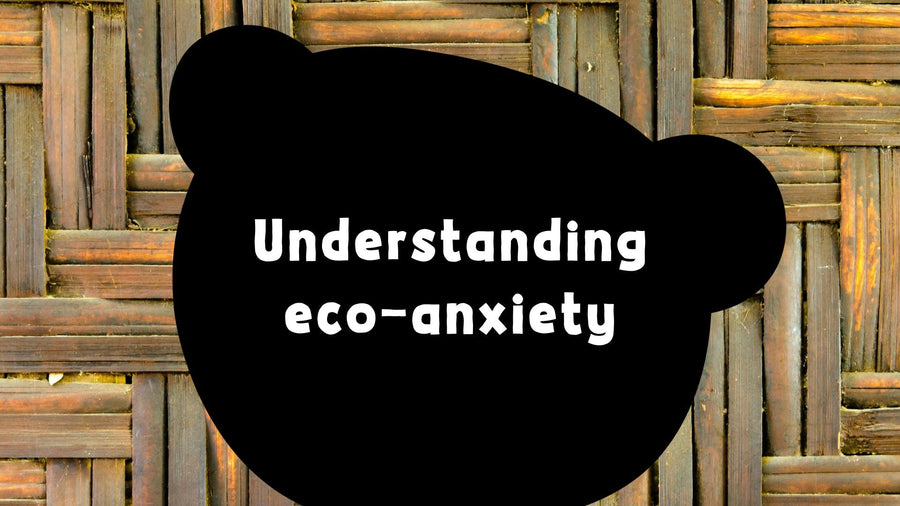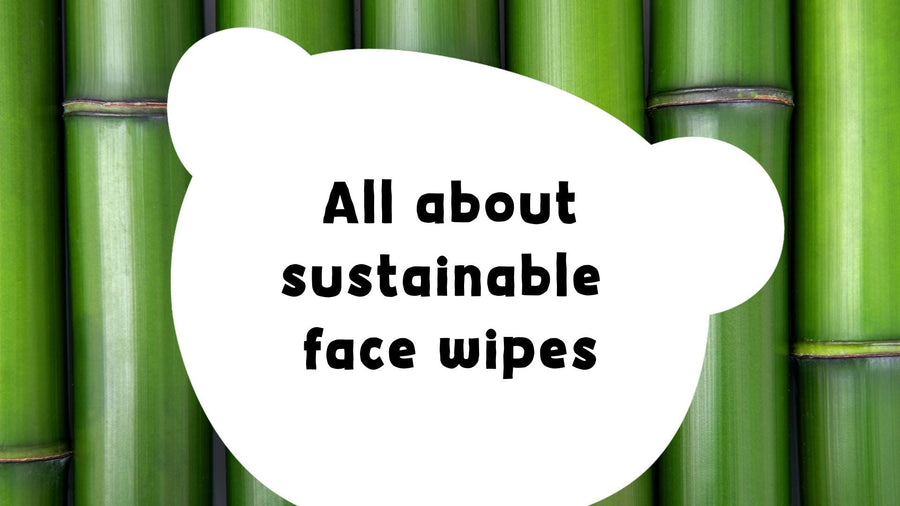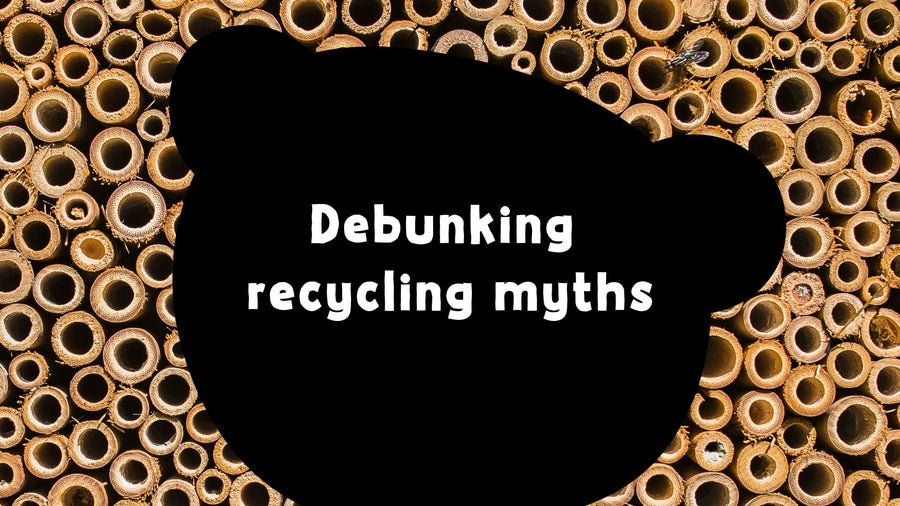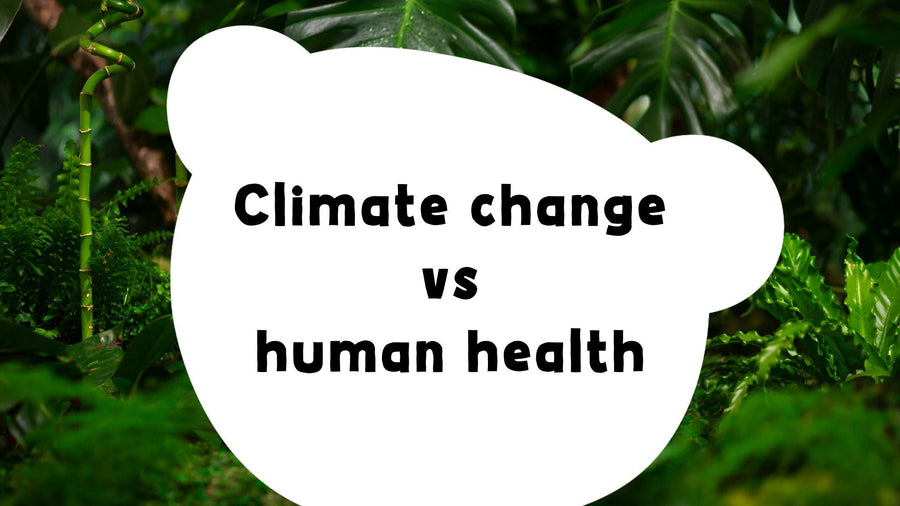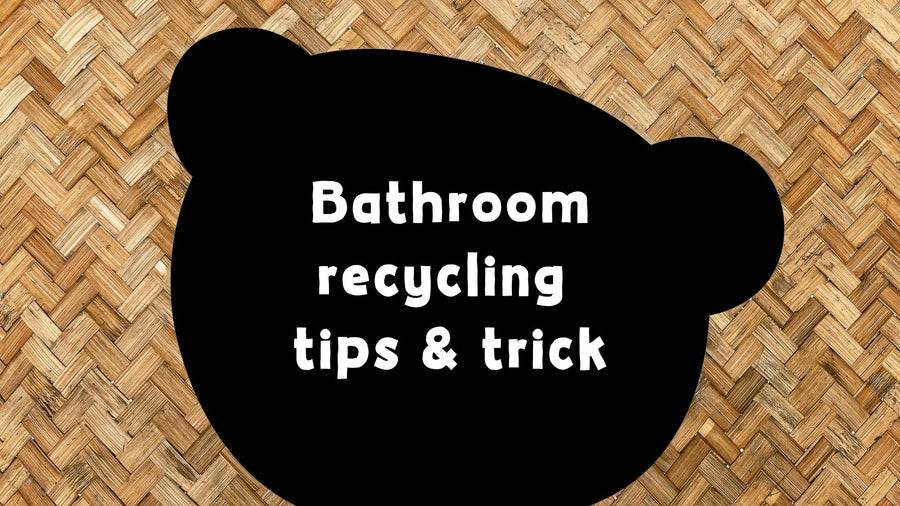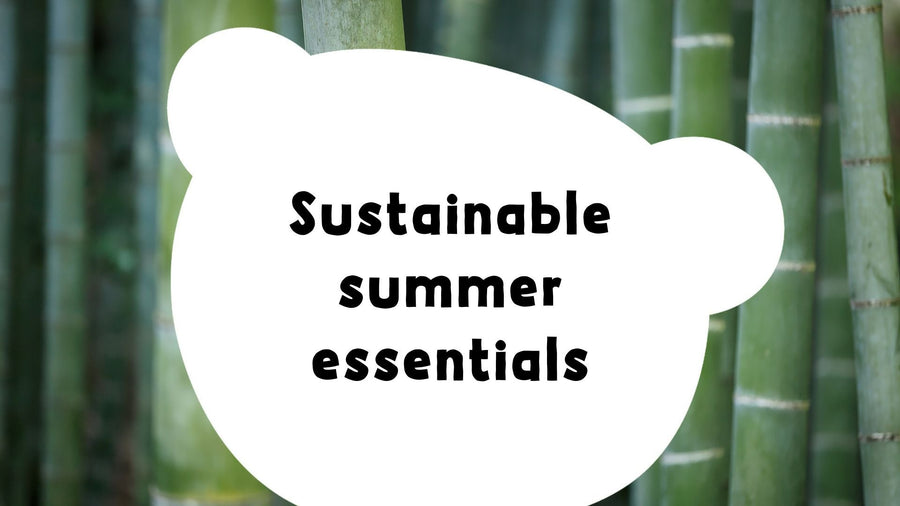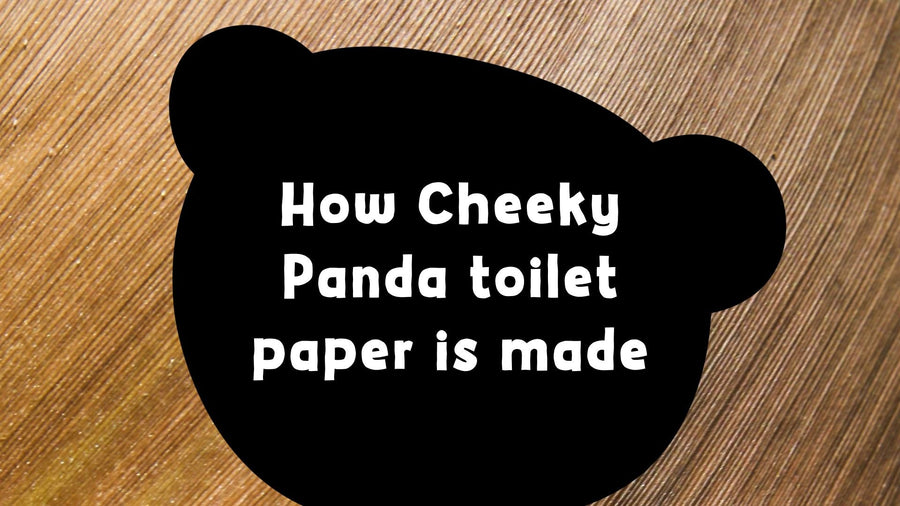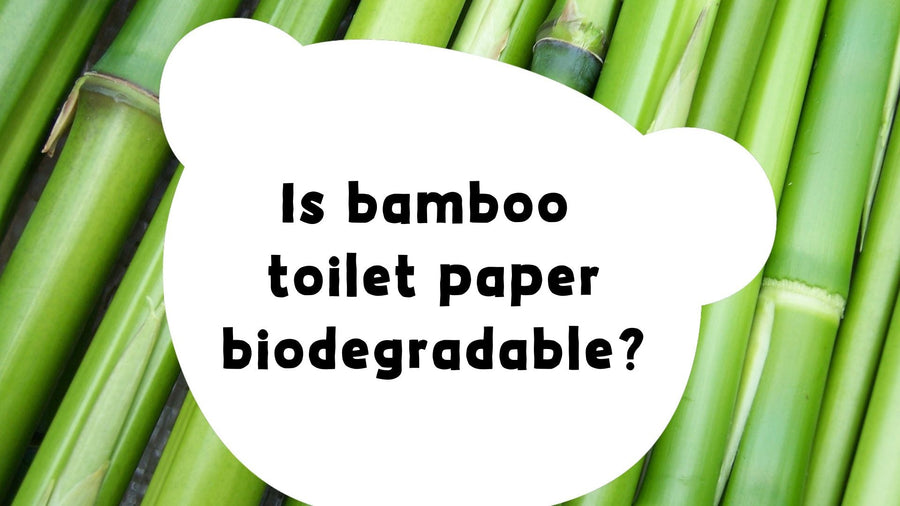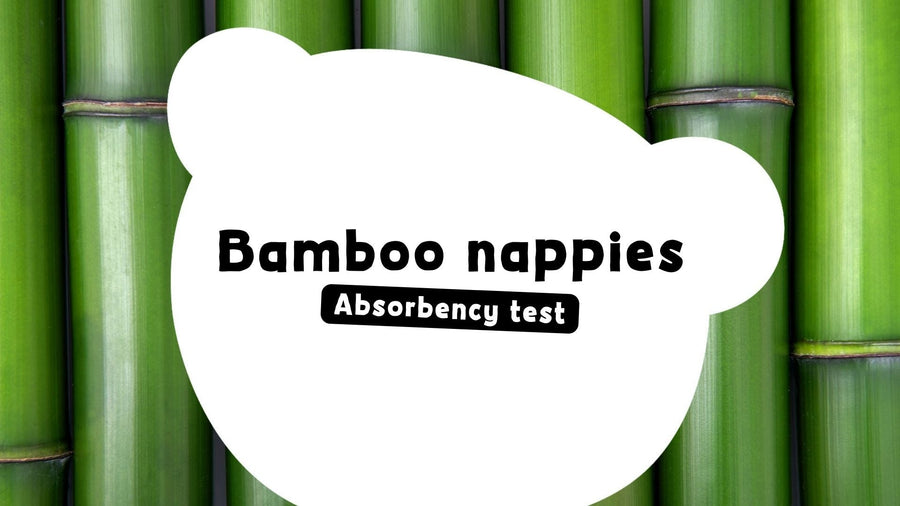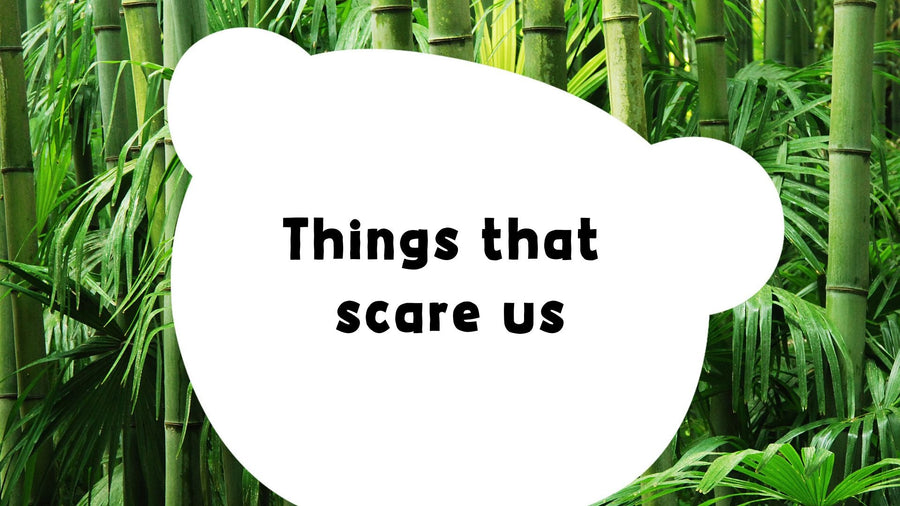Bamboo month is officially upon us! WOOOOOOP! *confetti cannon goes off*
Now we know that we talk to you all A LOT about the bamboo in our toilet paper but there is so much more to learn about this magic plant. That’s why to kick off Bamboo Month, we’re dishing you up 100 of the finest bamboo benefits. Let’s see how many you can remember by the end…
1. Bamboo is biodegradable
2. Bamboo has a higher tensile strength than steel, which is the max stress a material can withstand before breaking
3. Some bamboo species can grow nearly a metre a day, at 91cm
4. Bamboo encourages biodiversity, with its dense forests home to range of microorganisms, fungi and animals
5. Bamboo's fast growing and carbon sequestration abilities means it supports soil, wildlife and the environment
6. In Korea, bamboo salt is used to detoxify
7. When compressed bamboo can be stronger than concrete
8. Bamboo absorbs 30% more CO2 than trees
9. Bamboo’s long fibres make it super strong
10. Bamboo makes soft, breathable and odour resistant fabrics – perfect for socks!
11. Bamboo has a high calorific value meaning it can be used as a biofuel
12. Bamboo species can grow in many environments and is only non-native in Europe and Antarctica
13. Bamboo is naturally antibacterial
14. If cut, just above the root, bamboo plants will regrow back quickly
15. Bamboo needs no fertiliser to grow
16. Bamboo symbolises strength and resilience in many cultures
17. Bamboo rapidly reaches maturity in 2-5 years
18. Bamboo is drought tolerant due to its shallow rhizomes and root systems that mean it doesn’t need a lot of water to grow
19. Bamboo’s wide root system and rhizomes also prevents soil erosion
20. Bamboo can cool the air around it up to 8 degrees Celsius in the summer
21. Bamboo is rich in fibre, making it useful in paper and textile products
22. Bamboo paper can be used for writing and was used to write books in China from as far back as 400 BC
23. Bamboo grows without pesticides
24. Bamboo harvesting supports ecosystems as bamboo shoots are selectively cut down, based on their age, leaving the rest of the forest for animals, microorganisms and fungi to play!
25. Bamboo grows stronger once harvested
26. Bamboo can be harvested all year round
27. Bamboo can live up to 120 years
28. Traditional skincare medicines can be made using bamboo vinegar
29. Bamboo long fibres make them silky soft
30. Bamboo produces 35% more oxygen than trees
31. Bamboo grows with minimal water, requiring only rain
32. In places with little water, arid regions, bamboo's wide shallow root system stops desertification
33. Bamboo is naturally hypoallergenic
34. After flowering bamboo rice appears, which is edible
35. Bamboo improves soil condition and health
36. The reason for bamboo’s strength is due to the horizontal lines (nodes) going across it
37. Bamboo is ultra flexible as can be bent without breaking
38. Bamboo is a construction staple around the world, used to make everything from scaffolding, to houses and bridges
39. Don’t like your hardwood flooring? Many people go for bamboo instead
40. I want to ride my bicycle; I want to ride my (bamboo) bike – the frame can be made of bamboo.
41. Bamboo is used to make toilet paper, wipes, kitchen roll, tissues, straws… But you guys already knew that!
42. Bamboo charcoal can be used to filter water
43. Harvesting Bamboo reduces dependency on Trees
44. Bamboo can help mitigate climate change, absorbing up to 12 tons of carbon dioxide annually per hectare
45. Bamboo doesn’t require replanting as it naturally regrows
46. Bamboo is great for skin, hair and nails as it is rich in silica
47. In the early Olympic games, bamboo poles were used in the pole vault
48. Bamboo toilet paper produces less carbon emissions than recycled and virgin wood paper
49. Bamboo is compostable
50. Black bamboo is traditionally ornamental
51. Golden bamboo is used for landscaping
52. Dwarf bamboo is used for ground cover
53. Bamboo is naturally pest resistant
54. Bamboo supports rural economies
55. Water Bamboo grows in the wetlands, and can be used in food
56. Bamboo extract can be used to soothe and heal skin
57. Bamboo’s root system can improve water retention
58. Bamboo can be used to make furniture such as chairs, desks and bed frames
59. Bamboo shoots can be used to make bamboo-infused beers
60. Sculptures and artworks have been created for centuries by carving Bamboo
61. Some tattoos historically were done using sharpened pieces of bamboo, and is still a method used today
62. Bamboo bridges can still be found in rural parts of Asia
63. Flutes, drums, ukuleles, didgeridoos, kazoos, whistles and other instruments can be made from bamboo
64. Bamboo can be used as an eco-friendly insulation material
65. Bamboo holds the Guinness World Record for being the fastest growing plant in one day
66. Bamboo makes up 99% of a panda's diets and so is critical for them to thrive – not the type we use though!
67. Bamboo can also be turned into a sweet or a dessert in Asia
68. Bamboo sticks have a key role to play in certain martial arts
69. Bamboo fibres are used to make biodegradable plastics
70. In Japan, bamboo was traditionally used to make earthquake-resistant structures
71. Bamboo shoots are useful in natural water purification by filtering out toxins
72. In Philippine folklore, a story describes the first man and woman coming from a split piece of bamboo
73. Bamboo forests provide shelter and homes to many different species such as mountain gorillas, bamboo bats, sun bears... AND PANDAS
74. Bamboo is naturally renewable
75. In Southeast Asia, bamboo was historically used to create arrows, traps and spears
76. Fancy a cuppa? Bamboo tea can reduce inflammation
77. Bamboo is used in a lot of reforestation programmes as it fixes the soil and is quick to grow
78. Bamboo shoots, when prepared properly, can be eaten
79. Bamboo can recycle nutrients, contributing to health of ecosystems
80. Bamboo is naturally antifungal
81. Bamboo can improve air quality by absorbing formaldehyde, benzene and other chemicals
82. Bamboo forests are vital for endangered animals such as the bamboo lemur of Madagascar
83. Research is underway to see if bamboo can be grown in space as a renewable resource
84. Bamboo shoots can be split and turned into a roofing material
85. Bamboo is odour resistant and can be used as insoles in shoes
86. Bamboo can be used in packaging materials like plates, cups and food containers
87. Bamboo can be grown so densely that it is used as a windbreak to protect other valuable crops
88. Bamboo is naturally regenerative
89. In China there are over 7 MILLION hectares of bamboo forests
90. In Asian literature, poetry and artwork, bamboo can represent beauty and endurance
91. Bamboo isn’t a wood, but in fact a resilient giant grass in the family called Poaceae
92. Bamboo can be used for sports equipment: fishing rods, surfboards and ski poles
93. Bamboo grows 30X faster than trees
94. In disturbed or damaged ecosystems, bamboo is one of the first plants to grow helping rehabilitation
95. There are over 1,500 species of bamboo all around the world
96. Bamboo reduces reliance on plastics
97. Compared to most plants, bamboo is fire resistant, resisting temperatures up to 400 degrees Celsius
98. Some early aeroplane designs used bamboo as it is strong and lightweight
99. Bamboo is still used in traditional fishing for traps and nets
100. Bamboo can be used for fashion accessories such as belts, bags and jewellery
We hope you enjoyed this array of benefits. Which was your favourite? Stay tuned to our socials and the blogs for much much more bamboo related content in this glorious month!
